Following some twitter comments my workaround is as follows:
1 - create the original plot with ggplot2
2 - grab the areas of the plot as a data.frame (ggplot_build)
3 - create polygons of the points given in 2, and make it a sensible sf object (downscale to a flatter earth)
4 - generate N random points inside each polygon (st_sample)
5 - grab these points and upscale back to the original scale
6 - ggplot2 once again, now with geom_point
7 - enjoy the wonders of ggplot2
library(gcookbook)
library(tidyverse)
library(sf)
set.seed(42)
# original data
d <- uspopage
# number of points for each group (I divide it by 1000)
d1 <- d |>
group_by(AgeGroup) |>
summarize(n_points = round(sum(Thousands) / 1e3)) |>
mutate(group = 1:n())
# original plot
g <- ggplot(data = d,
aes(x = Year,
y = Thousands,
fill = AgeGroup)) +
geom_area()
# get the geom data from ggplot
f <- ggplot_build(g)$data[[1]]
# polygons are created point by point in order. So let´s, by group, add the data.frame back to itself first part is the ymin line the secound the inverse of ymax line (to make a continous line from encompassing each area).
# list of groups
l_groups <- unique(f$group)
# function to invert and add back the data.frame
f_invert <- function(groups) {
k <- f[f$group == groups,]
k$y <- k$ymin
k1 <- k[nrow(k):1,]
k1$y <- k1$ymax
k2 <- rbind(k, k1)
return(k2)
}
# create a new data frame of the points in order
f1 <- do.call("rbind", lapply(l_groups, f_invert))
# for further use at the end of the script (to upscale back to the original ranges)
max_x <- max(f1$x)
max_y <- max(f1$y)
min_x <- min(f1$x)
min_y <- min(f1$y)
# normalizing: limiting sizes to a fairy small area on the globe (flat earth wannabe / 1 X 1 degrees)
f1$x <- scales::rescale(f1$x)
f1$y <- scales::rescale(f1$y)
# create polygons
polygons <- f1 |>
group_by(group) |>
sf::st_as_sf(coords = c("x", "y"), crs = 4326) |>
summarise(geometry = sf::st_combine(geometry)) |>
sf::st_cast("POLYGON")
# cast N number of points randomly inside each geometry (N is calculated beforehand in d1)
points <- polygons %>%
st_sample(size = d1$n_points,
type = 'random',
exact = TRUE) %>%
# Give the points an ID
sf::st_sf('ID' = seq(length(.)), 'geometry' = .) %>%
# Get underlying polygon attributes (group is the relevant attribute that we want to keep)
sf::st_intersection(., polygons)
# rescale back to the original ranges
points <- points |>
mutate(x = unlist(map(geometry,1)),
y = unlist(map(geometry,2))) |>
mutate(x = (x * (max_x - min_x) + min_x),
y = (y * (max_y - min_y) + min_y))
# bring back the legends
points <- left_join(points, d1, by = c("group"))
# final plot
g1 <- ggplot() +
geom_point(data = points,
aes(x = x,
y = y,
color = AgeGroup),
size = 0.5) +
labs(x = element_blank(),
y = element_blank()) +
theme_bw()
g1





